Whether you're thinking about getting a Nikon DSLR, you've just got one or are a long time user, there's a wealth of accessories out there to help transform your photography.
That's not to say you can't use it straight out of the box with the bundled 18-55mm kit lens, but to take full advantage of your Nikon DSLR, you'll want to invest in some new lenses and other photo accessories.
While there's no getting away from the fact that some gear can be pretty pricey, you can build up the system as you go, allowing you to prioritise what's important and what you need first.
With so much kit and accessories out there though, it can be hard to know where to start, which is where we come in. We've picked out some of the key Nikon accessories you'll need or want to get you started.
1. Standard prime: Nikon AF-S DX 35mm f/1.8G

While the 18-55mm 'kit' lens that was probably bundled with your Nikon DSLR is fine for general photography, its relatively 'slow', in that the maximum aperture available is quite limited. That’s where a prime lens comes in. Often offering a much faster maximum aperture, they let in more light, allowing you to shoot handheld in much poorer lighting conditions. Not only that, but the faster maximum aperture means you can achieve pro-looking shallow depth of field effects to isolate your subject.
They come in a range of focal lengths, but our pick to get started would be Nikon's own AF-S DX 35mm f/1.8G; giving roughly the same field of view as the human eye on a Nikon APS-C DSLR like the D3400 or D5600, it’s what’s termed a ‘standard’ prime. A must for any photographer.
Read more: 9 things you should know about prime lenses
2. Telephoto zoom: Nikon AF-S 70-200mm f/4G ED VR
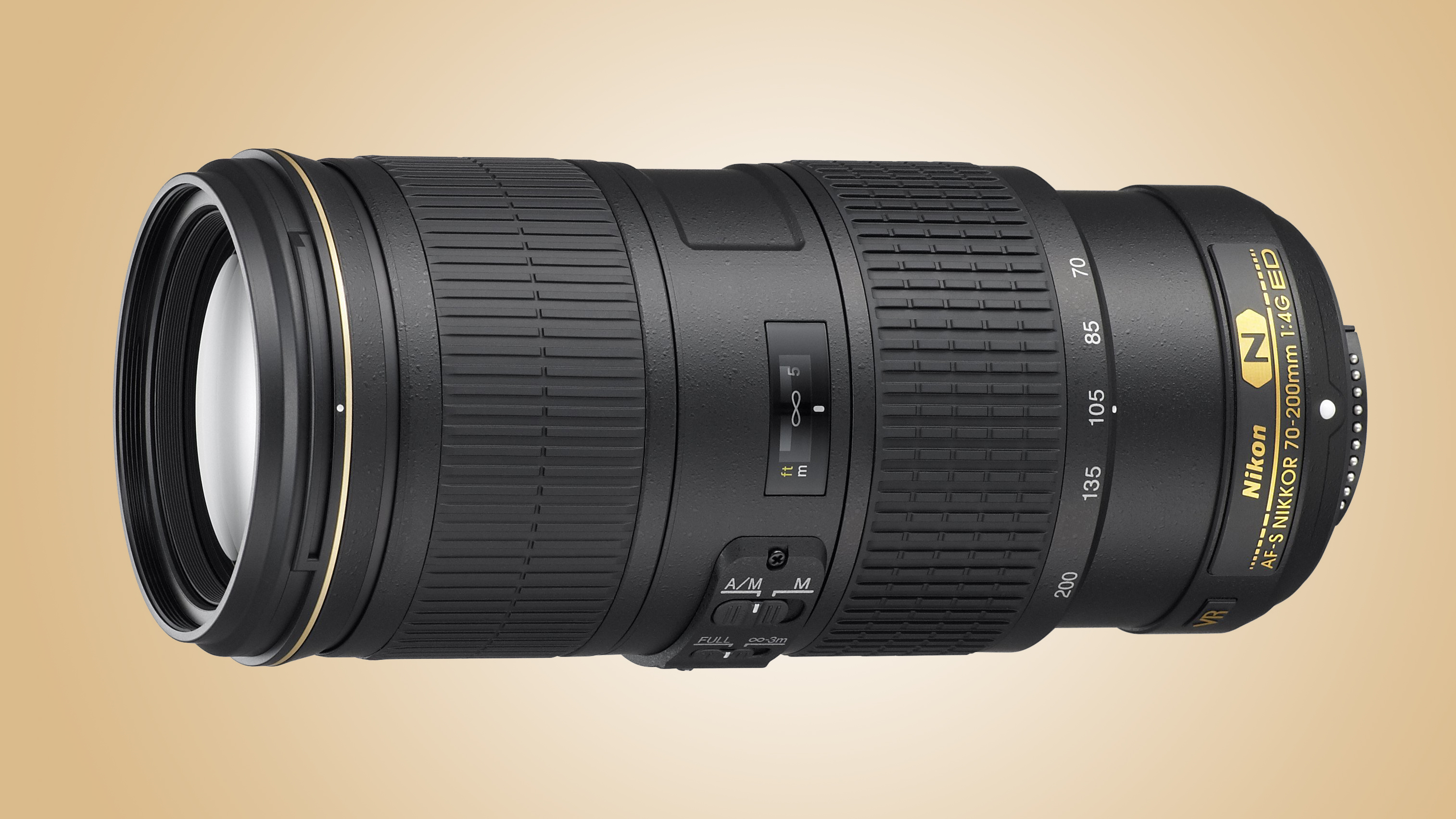
The next lens you’ll probably want to add to your collection is a telephoto zoom. Not only are these perfect for action and wildlife photography, they’re also great for picking out details in landscapes and shooting tightly cropped portraits or candids.
While pros tend to favour the 70-200mm f/2.8 telephoto zoom, they’re heavy and expensive, while there are an abundance of lighter (and much more affordable) 70-300mm zooms available as well.
If you can stretch your budget a little bit more, our pick would be Nikon's 70-200mm f/4G ED VR. More compact and lightweight than a 70-200mm f/2.8, you won't need to worry much about camera shake, either, thanks to a particularly well implemented VR (Vibration Reduction) system that also features automatic panning detection.
Read more: The best telephoto zoom lenses for Nikon DSLRs
3. Wide-angle zoom: Sigma 10-20mm f/3.5 EX DC HSM

You’ve probably found that your Nikon 18-55mm ‘kit’ lens is pretty wide, but not quite wide enough for some subjects.
An ultra wide-angle zoom lens can offer a field of view almost be twice as wide, making it perfect for cramped interiors, big city landmarks, sweeping landscapes and surreal close-ups.
Our pick would be Sigma’s 10-20mm f/3.5 EX DC HSM, but it’s worth remembering that this lens is only compatible with APS-C cameras, so if you’re planning to upgrade to a full-frame camera later you’ll have to trade this lens in as well.
Read more: The best wide-angle zoom lenses for Nikon DSLRs
4. Flashgun: Metz Mecablitz 64 AF-1

The built-in flash on your camera is fine for the odd bit of fill-in flash, but it isn’t powerful enough to do much more than that, which is why you need a dedicated flashgun (or Speedlight, as Nikon calls its own models).
Not only do they have much more power than a built-in flash, the head can be tilted and swivelled to change the quality of the light – for example you can bounce the flash off walls and ceilings for a much more flattering look.
And that’s not all, as you also have the option to take a flashgun off your hotshoe and fire it remotely – it does this when detects another flash firing, typically your built-in one, with the power dialled in on the camera, depending on the model.
Or for greater range you can trigger them via a radio trigger (bought separately). Either way you can sculpt the light for a much more professional look, as well as combining multiple flashguns. Nikon offers a host of dedicated models like the Speedlight SB-700, but there are plenty of great third-party options, and one of our favorites is the Metz 64 AF-1.
Read more: Using flash for portraits
5. Flash modifier: Lastolite Ezybox Speed-Lite 2
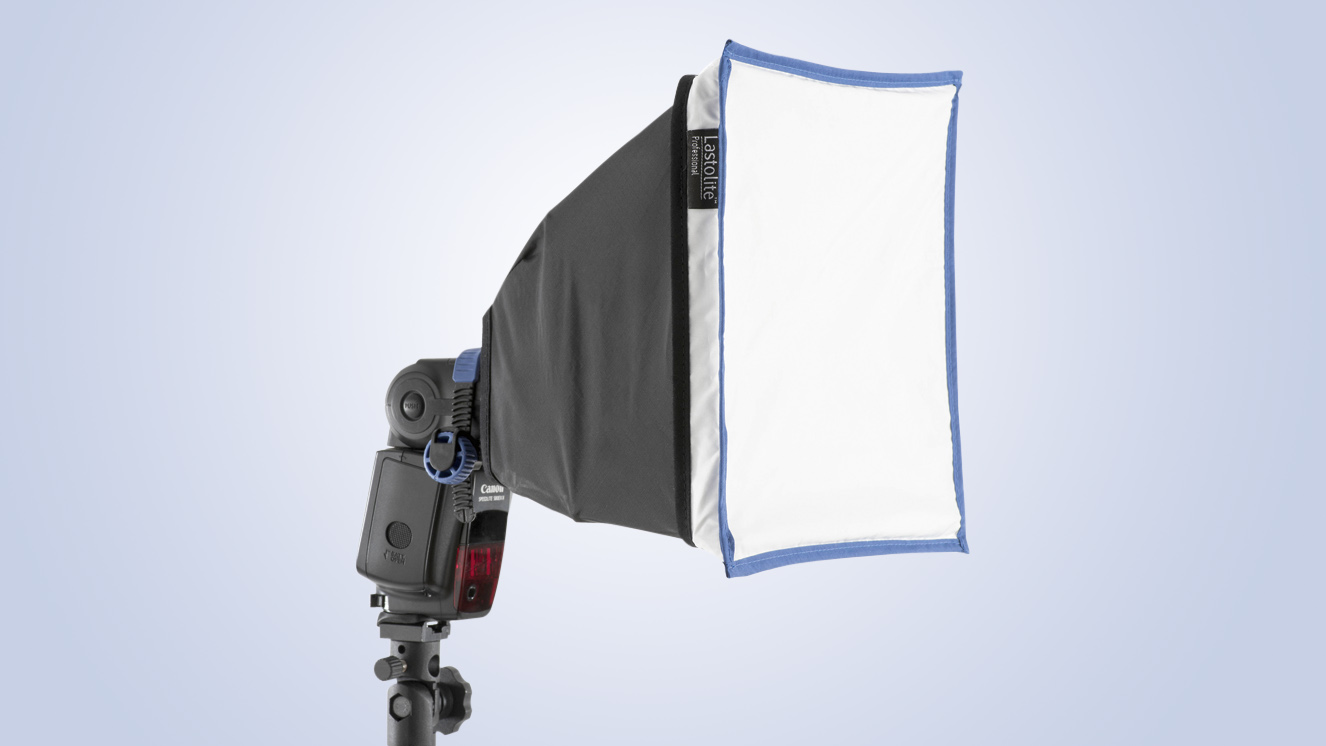
Whether you're going to shoot with you flashgun on your Nikon DSLR or positioned remotely, a naked flashgun can deliver some unflattering, harsh light.
What you want then is a compact flash modifier that will diffuse the light. There's an array of options out there, but the Lastotlie Ezybox Speed-Lite 2 is a mini flat-pack softbox that fits on the front of your flash to soften the light nicely, before easily collapsing down to pack away into your camera bag.
Read more: Essential one light portrait guide
6. Protective filters: Hoya HMC UV filter

Despite the advent of digital, lens filters still have their place, and none more so than the humble Skylight or UV filter, such as Hoya's HMC UV filter.
Completely clear in appearance, these have no affect on the final image, but the name of the game here is to protect the front element of your lens. Rather than being lumbered with a hefty repair bill if you scratch or break the front of your lens, it’s much better to let a Skylight filter take the hit. Because the front element of lenses are different sizes, you’ll need to make sure you get the right size – you’ll often find this marked in mm around the front of the lens, or on the inside of your lens cap.
Read more: Protective filters
7. Creative filters: Lee Filters DSLR Starter Kit
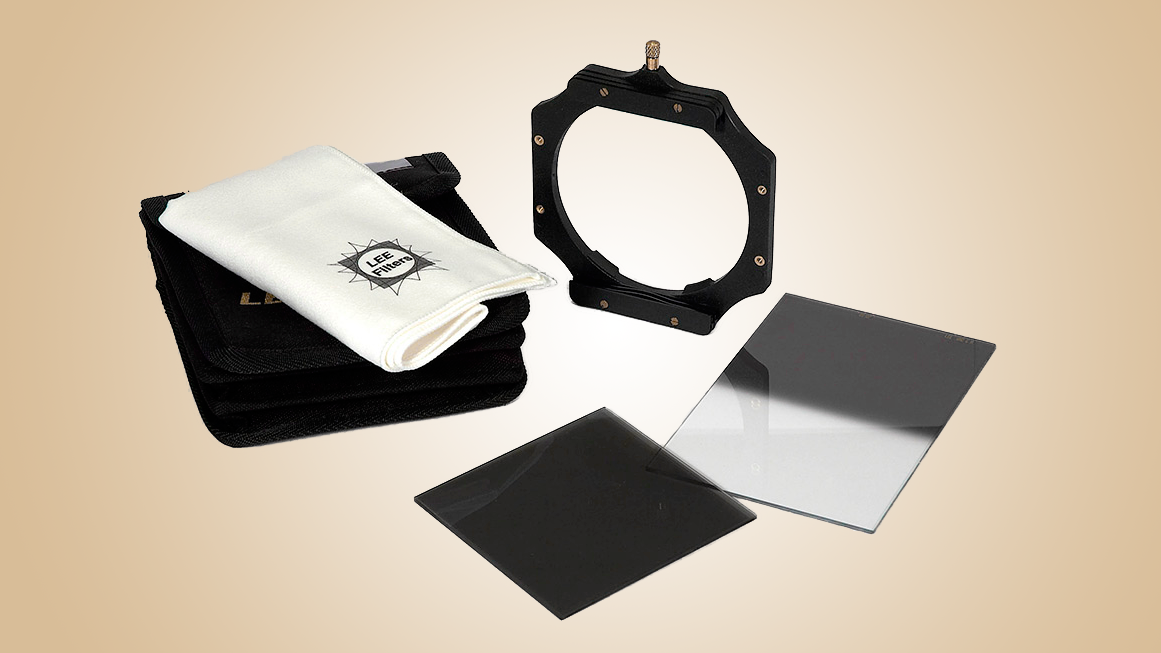
Balancing the exposure between a bright sky and a darker foreground can be tricky, particularly in landscapes and sunrise/sunset shots. You can try and recover shadow and/or highlight detail in Photoshop or Lightroom, but you can get much better results in-camera with a traditional optical graduated neutral density (ND) filter.
Because you need to move the filter up and down to adjust the transition from clear to dark, the square filter system is the only real option for ND grads, and our pick is from the brand favoured by professionals, the Lee Digital SLR Starter Kit.You get a 100mm filter holder (although you'll have to get an adaptor ring for your lens separately), a 2-stop hard grad for darkening skies, and a 2-stop neutral density filter to enable you to use slower shutter speeds, for example to blur movement in water and clouds.
Read more: Neutral density graduated filters
8. Tripod: Manfrotto MT190XPRO3
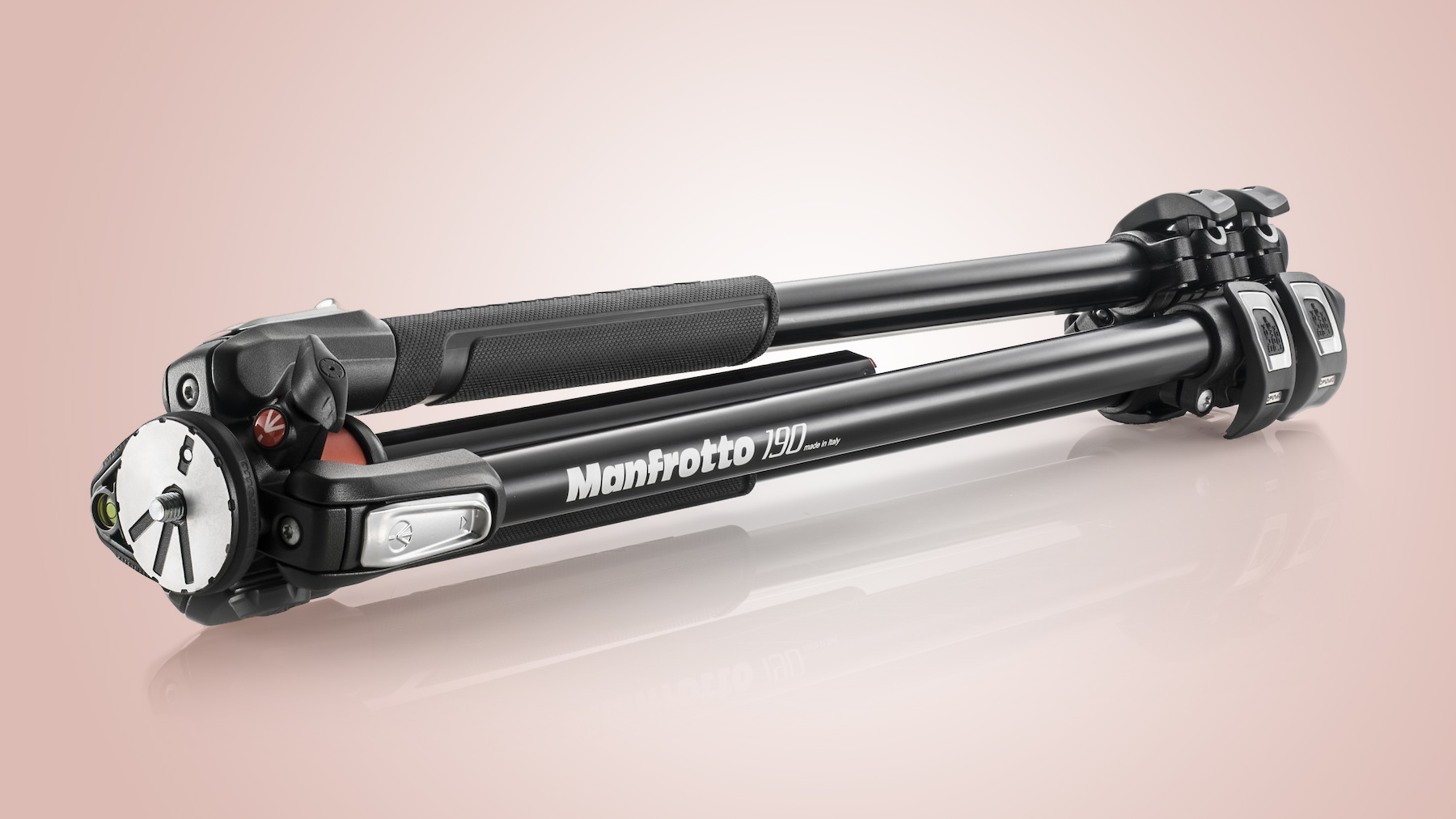
While you may not want to shoot with a tripod all the time (although some photographers never do anything else), a stable set of legs is an essential item of photographic kit.
It’s all too easy, however, to be tempted to go for one of the cheapest models you see – after all, how different can one set of legs be to another? You’d be surprised. Dirt-cheap tripods are cheap for a reason – they’re often very flimsy, with quite a bit of flex, making them essentially useless.
Spend a bit more and you’ll get something much more durable and stable. You can spend even more and get carbon fibre models, which are just as strong but lighter, while there are also specialist tripods for travel and macro photography.
For a good balance between weight, size and price you’re not going to go far wrong with the Manfrotto MT190XPRO3. It offers decent load-bearing capacity and a more than adequate maximum working height, while the centre column can also be positioned horizontally for low-angle shooting.
Read more: Best tripods and camera supports
9. Tripod head: Manfrotto XPRO ball head

While some cheaper tripods normally come with an integrated tripod head, or with a separate head included (there are some pricier options that do as well), most photographers like to choose their own tripod head to go with their set of legs.
Three-way pan-and-tilt heads offer plenty of control, so are ideal for studio and close-up photography, while ball-head tripods are more compact and much quicker to use – landscape photographers love them as they’re easier to carry and quick to use on location – and there are also dedicated video heads for videographers. Our pick would be Manfrotto’s XPRO ball head, but there are plenty of choices out there to suit the kind of photography you enjoy.
Read more: 21 landscape photography tips you'll never want to forget
10. Camera bag: Domke F-803
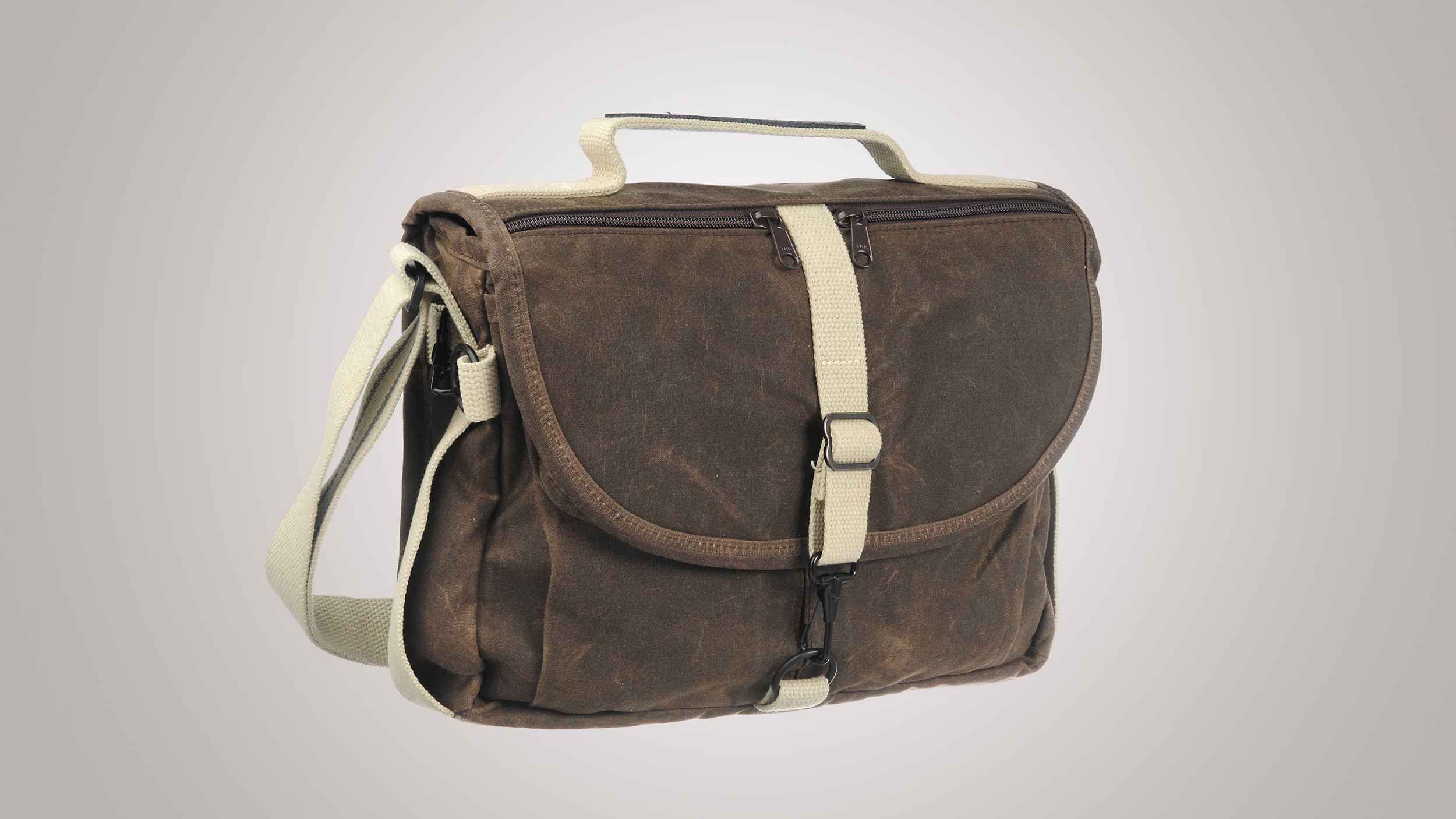
Once you've accumulated all this camera kit, you're going to need something to pack it all into to keep it safe when you're out and about.
Camera bags come in all shapes and sizes – backpacks are great for transporting a lot of kit as they distribute the weight over two shoulders, but can be a pain when you want to access kit quickly.
A shoulder bag is perfect if you've got a few items that you'll want easy access too and the F-803 from Domke is a great option.
This lovely shoulder bag is made from a weather-resistant durable cotton canvas that can hold a decent amount of kit – perfect for pounding the streets if you don’t want to call attention to yourself.
Read more: 10 camera bag essentials